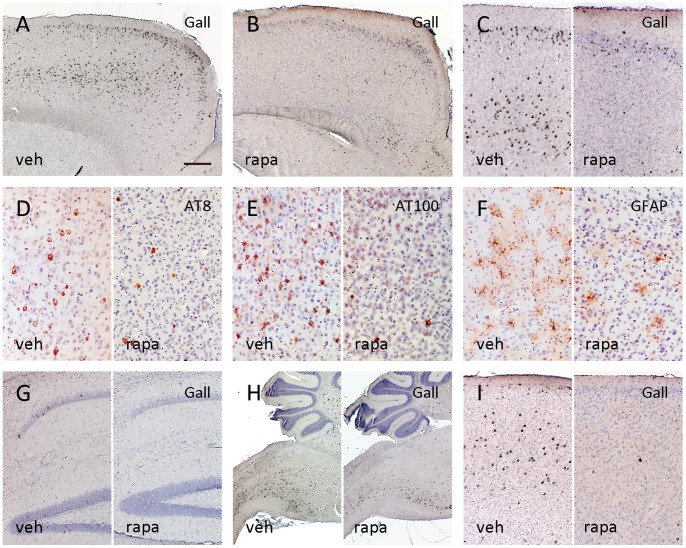Figure 1. The extensive cortical tau tangle pathology present in 5.5 months old vehicle (veh) treated P301S mice (A) was widely attenuated in long-term rapamycin (rapa) treated mice (B).
The lowering in tangle formation was most pronounced in the motor cortex (C: left vehicle treated/right rapamycin) and associated with reduced pathological tau hyperphosphorylation at the AT8 and AT100 epitopes (D, E). In parallel, cortical astrogliosis was diminished following rapamycin treatment (F). While there was a trend towards a reduction of the sparse tangles in the hippocampus, the advanced tau pathology in the brain stem however was not significantly ameliorated by rapamycin (G, H). Short-term treatment at 3 months of age for 6 weeks again resulted in a marked reduction of cortical tangles (I) (A–H: 5MT group; I: 6WT. A–C, G–I: Gallyas silver stain; D: AT8 IHC; E: AT100 IHC; F: GFAP IHC. Bar in A equals 300 µm in A and B, 150 µm in C, G and I, 75 µm in D–F, 600 µm in H).

